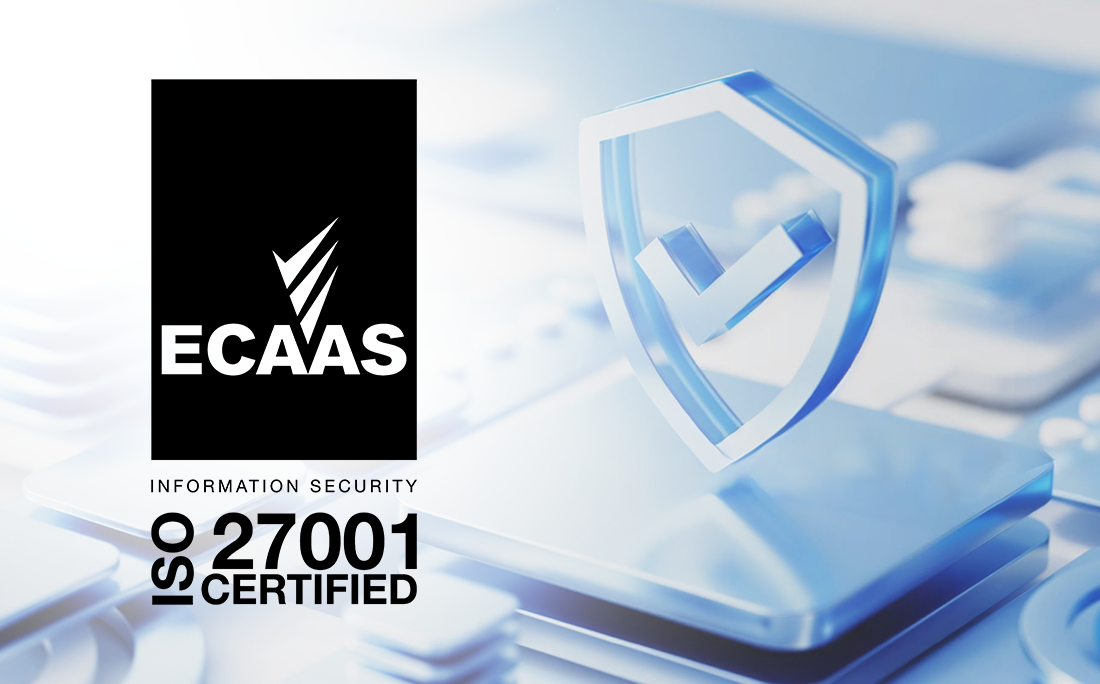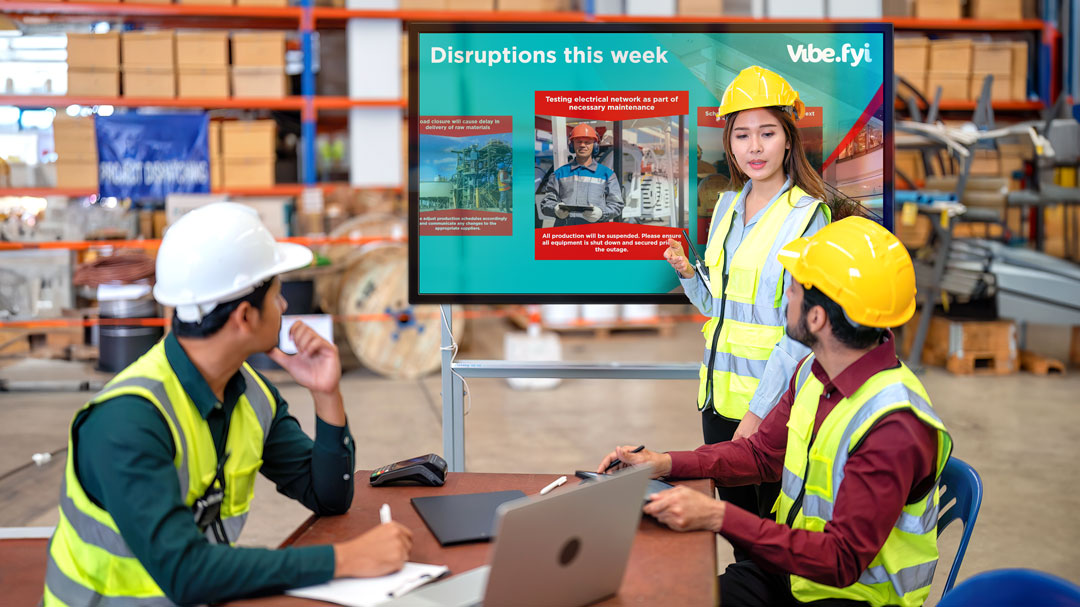
To reduce team injury and incidents in the workplace, operations managers need to strengthen effective safety communications. We’ll explain what safety communication is, show you the return on investment and outline why companies who value workplace safety should invest in safety communications.
What is safety communication?
Safety communication is about exchanging health and safety information in the workplace, and it also involves influencing staff behaviour, values, and attitudes around safety.
Safety communications involve sharing information around:
- Identifying safety hazards
- Reminding your team about the regulations, area guidelines, and rules
- Sharing goals and progress reports
Putting a dollar value on health and safety
Investing in better safety communications not only ensures your team gets home safe, but they’re also happy at work – plus good safety communications keep your bottom line happy. Companies like DuPont, Alcoa, Chevron, 3M and Siemens prioritise safety communications by emphasising proactive measures, providing comprehensive training, and embedding safety culture into everyday practices.
A Comcare paper showed that for every $1 invested into workplace health programs, companies see an average return of $5.81. It also decreased sick leave absenteeism by 25.3%, decreased workers compensation costs by 40.7%, and decreased disability management costs by 24.2%.

Get the frontline team home safe with better safety communications
Why does efficient safety communication matter?
Efficient safety communications help all operation managers achieve all their goals, whether it’s championing and reinforcing the safety culture, optimising processes, or boosting their team’s engagement and morale.
Impacts staff behaviours and attitudes towards safety
If you’re trying to reinforce a culture of safety, safety communication methods not only enhance working conditions but also have a positive impact on your team’s behaviours and attitudes toward safety. This will reduce incidents in the workplace, so everyone gets home safely.
Helps employees abide by the safety protocols
Comprehensive comprehension of safety protocols by your team significantly increases adherence to these standards. Operations managers cannot rely on team compliance with regulatory safety standards without effective communication. For example, making personal protective equipment (PPE) widely available to create a safe working environment is ineffective if the team lacks the willingness to actively participate in safety measures.
Improves hazard and risk identification
Preventing workplace illnesses, injuries, and fatalities starts with identifying hazards and assessing risk.
Consider a scenario where you're implementing machinery upgrades in a manufacturing plant. Effective safety communication involves informing employees about the technical specifications and operational changes, as well as emphasising the potential risks associated with the machinery. Detailed training sessions, reinforcing the messages over time and clear communication about protocols and emergency procedures become imperative to prevent accidents or injuries during the transition.

Warehouses and distribution centers are busy workplaces. How do Operations Managers rely on communications to keep their team safe?
The challenges of safety communications to frontline teams
Not having or using the right communication channel
The challenge most operations managers face is about how to effectively communicate with their frontline workforce, who often don’t have access to a device or the usual communications platforms that the corporate staff would use such as Teams or Slack chat.
What operations managers need are digital signage screens placed in common areas such as the lunchroom. If you’re still using bulletin boards, think of digital signage as the upgraded version of bulletin board. This will allow operations managers to share project updates, reinforce health and wellbeing messages and more.
There are so many ways to communicate and communication channels to use – try and see what works for your team. Give these eight ways of effectively communicating health and safety messages a try.
The risk of miscommunication
All your effort and best intentions to build a safety culture can come undone if anything is left unsaid or you assume someone has understood you. Avoid miscommunication by using simple language, phrasing things positively, and asking open ended questions.
Staff can’t remember your messages
Toolbox talks and daily meetings are great for keeping your team up to date on the latest information, while identifying and minimising bottlenecks in the day-to-day operations. But these daily meetings are not the best way to reinforce health and safety behaviours and values.
Digital signage solutions like Vibe are a gamechanger for operational managers who need to keep up communications with their ground team. It complements daily meetings or toolbox talks by reinforcing key messages, so they stay front of mind for the frontline workforce.
Other ways to reinforce your safety communications include doing a physical demonstration in workshops, sharing safety announcement videos, and making your safety policy easily accessible.
How do I improve safety communications with my team?
Following these steps will be a good starting point for many operations managers.
- Evaluate current communication methods. Assess your current safety communication processes. Identify strengths and weaknesses, pay attention to how information is shared, how often, and how memorable your current methods are.
- Develop clear safety protocols and guidelines. If you already have health and safety guidance in place, great. If not, create well-defined, easily accessible, and understandable safety protocols and guidelines.
- Consider implementing new channels. Supplement your toolbox talks and daily meetings with other communication channels to reinforce your key messages. Digital signage screens can display important safety reminders, emergency procedures, updates, and relevant news in real-time. Talk to our team to see if it’ll be a good fit for your operations team.
- Host interactive training sessions. These sessions should incorporate multimedia elements like video or live simulations to make the training engaging and memorable.
- Be consistent with updates and reminders. Keep your communication channels alive to reiterate and reinforce key safety messages to ensure they stay top of mind for your team.
- Seek feedback and assess effectiveness. Gather feedback from your team about the effectiveness of safety communications. Use surveys, suggestion boxes, or team meetings to gather insights.
- Continuously improve. Adapt your safety communications to the needs of your team and wider business, use new technologies, and refine communication methods for better engagement and effectiveness.
Talk to the team at Vibe.fyi and discover how we can work together to implement game-changing safety communications for your operations staff.
.png)

